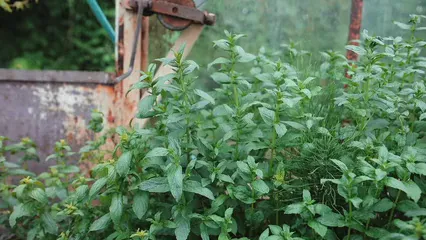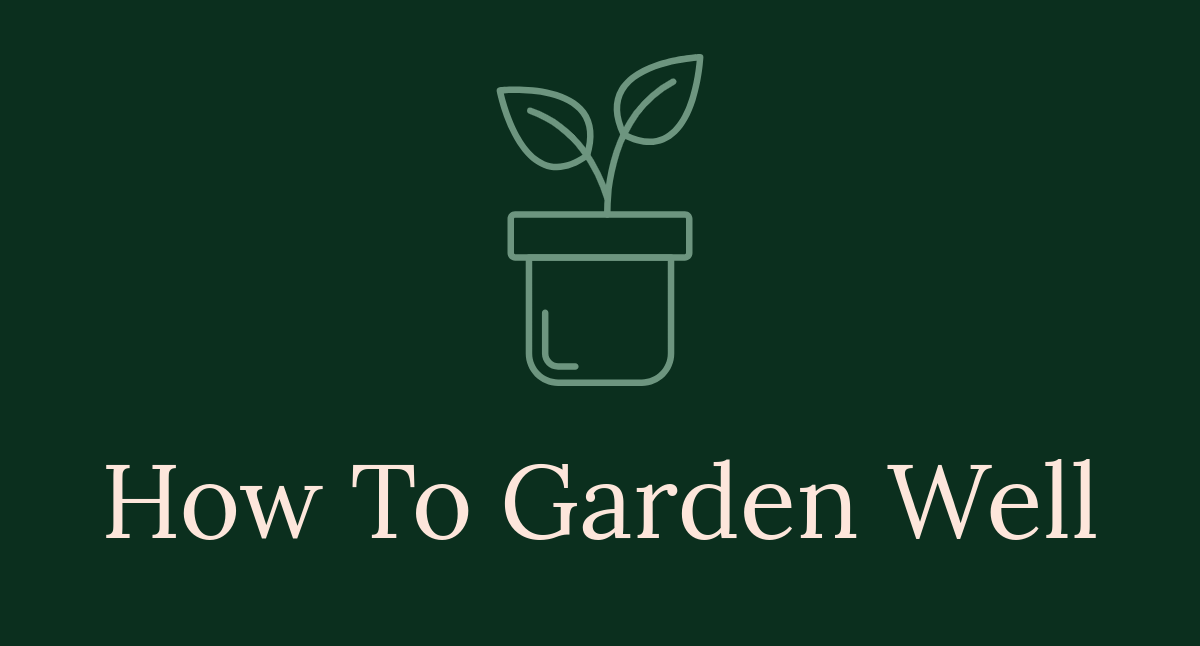
The Ultimate Guide to Growing and Using Lemongrass Plant
Introduction
Lemongrass is a vibrant herb known for its refreshing citrus flavor. It’s popular in cooking and gardening, especially in Asian cuisine. This tropical herb is not just a culinary delight; it also offers numerous health benefits. In this article, we’ll provide a comprehensive guide on how to grow, care for, and utilize lemongrass in your kitchen and beyond.
Speaking of culinary delights, if you’re looking to explore the world of Asian cooking, you might want to check out this Cookbook for Asian Cuisine. It’s packed with recipes that will make your taste buds dance and your dinner guests wonder if you’ve hired a personal chef!
Summary and Overview
Lemongrass, scientifically known as Cymbopogon citratus, belongs to the grass family Poaceae. This perennial herb is celebrated for its aromatic leaves and flavorful stalks, making it a staple in many dishes. In Asian cultures, lemongrass is essential for soups, curries, and teas. Its medicinal properties are also noteworthy, as it is used in herbal remedies for various ailments.
Growing lemongrass at home is appealing for its low maintenance and the joy of harvesting fresh stalks. It thrives in warm climates and well-drained soil, making it versatile for both garden beds and pots. To get started, you might need some quality Potting Soil Mix to give your lemongrass the best start possible!

Growing Lemongrass
Ideal Growing Conditions
Lemongrass flourishes in tropical to subtropical climates. It loves full sun and requires well-drained, fertile soil. The ideal temperature for growth is between 25°C to 30°C (77°F to 86°F). It can tolerate temperatures as low as 10°C (50°F) but may struggle to thrive.
This tropical herb typically grows to a height of 3 to 5 feet. With a lifespan of about four years, lemongrass is a rewarding addition to any garden. Assess your local climate to determine if growing lemongrass is feasible in your area.
Planting Lemongrass
For best results, plant lemongrass in the spring after the last frost. Start by propagating from stalks. Choose a healthy, firm stalk with root nodules. Place the stalk in water for a few days until roots develop, or directly plant it in soil. And don’t forget to protect your hands with a pair of stylish Gardening Gloves that will keep you looking sharp while you dig in the dirt!
Make sure to space plants about 24 inches apart. This spacing allows for healthy growth and air circulation. By following these simple planting tips, you can set your lemongrass up for success, whether in the garden or in pots.
We’d love to hear about your planting experiences! Share your tips and tricks in the comments below.

Care and Maintenance
To keep your lemongrass healthy, regular care is essential. Start with watering. Lemongrass prefers consistently moist soil, so check the top inch. If it feels dry, give it a drink. In hotter climates, it may need daily watering. A good rule of thumb is to water more frequently during hot, dry spells.
Next, consider fertilization. Using a balanced, water-soluble fertilizer every four to six weeks can boost growth. This is especially important during the growing season. If you’re using potting soil, a slow-release fertilizer can also work wonders. You can find some great Plant Fertilizer options to help your plants thrive!
Weeding is crucial too. Regularly remove weeds around your lemongrass to reduce competition for nutrients. Hand-pulling is effective and gentle on the roots. Additionally, keep an eye out for pests. Spider mites and aphids can be common nuisances. Using insecticidal soap or neem oil can help manage these pests effectively. Check out this Insecticidal Soap to keep your garden pest-free!
Remember, healthy lemongrass thrives with proper care. Have you found any effective gardening routines? Share your tips in the comments!

Health Benefits
Lemongrass is more than just a delicious herb. It packs a punch when it comes to health benefits too! This tropical plant is rich in antioxidants, which help combat harmful free radicals in your body. By adding lemongrass to your diet, you’re not just enjoying its unique flavor, but also supporting your overall health.
In herbal medicine, lemongrass has a long history of use. People often turn to it for its calming effects. Drinking lemongrass tea can help soothe digestive issues and reduce anxiety. It’s like a warm hug in a cup! For a delightful experience, try these Lemongrass Tea Bags that are perfect for your cozy evenings!
Moreover, lemongrass may have therapeutic applications. Some studies suggest it could aid in lowering cholesterol and promoting heart health. Its anti-inflammatory properties may even assist in managing pain.
Curious about natural remedies? Consider incorporating lemongrass into your wellness routine. Your body will thank you!

Troubleshooting Common Issues
Pests and Diseases
Lemongrass can face a few challenges when growing. Spider mites are a common pest that loves to snack on its leaves. You can spot them by their fine webs and yellowing foliage. If you notice these pests, act fast! A gentle spray of water can dislodge them, or try using insecticidal soap for more stubborn infestations.
Additionally, lemongrass can fall victim to diseases like rust. This fungal infection causes unsightly yellow spots on leaves. To manage this, keep your plants well-aerated and avoid overhead watering. For more information on managing rust, check out our guide on garden tool rust prevention.
Managing rust is crucial for keeping your plants healthy. For comprehensive tips, check out our article on garden tool rust prevention.
Preventative measures are key. Ensure your lemongrass has good drainage and avoid overcrowding plants. A healthy plant is less likely to attract pests or diseases. You might also want to consider a Plant Pest Control Spray to keep those pesky bugs at bay!
Have your own pest control tips? Share them with us in the comments!

Conclusion
Growing lemongrass is a rewarding endeavor. Not only does it enhance your culinary experiences, but it also brings numerous health benefits. With fresh lemongrass at home, you can easily add flavor to dishes while boosting your well-being. So, why not start your own lemongrass garden today? Your taste buds and body will appreciate it!
If you’re looking to create a cozy atmosphere while enjoying your homegrown herbs, consider lighting a Lemongrass Scented Candle that will fill your space with the delightful aroma of lemongrass!

FAQs
What is lemongrass used for?
Lemongrass is a versatile herb with culinary and medicinal uses. In cooking, its citrusy flavor enhances various dishes, especially in Southeast Asian cuisine. You’ll find it in soups, curries, and teas. It’s also great for marinades and stir-fries. Medicinally, lemongrass is known for its health benefits. It has antioxidant properties, which can help fight free radicals. Drinking lemongrass tea may soothe digestive issues and reduce anxiety. This herb isn’t just tasty; it’s a natural way to support your well-being.
How do you grow lemongrass indoors?
Growing lemongrass indoors is easy and rewarding. Choose a large pot with good drainage, ideally at least 12 inches wide. Use a quality potting mix to provide nutrients. Place your pot in a sunny spot, ensuring it gets at least six hours of sunlight daily. Water your lemongrass regularly, keeping the soil consistently moist but not soggy. As the plant grows, feed it with a balanced fertilizer every four to six weeks. Don’t forget to rotate the pot occasionally to promote even growth. With proper care, you’ll enjoy a thriving indoor lemongrass plant.
Can lemongrass survive winter?
Yes, lemongrass can survive winter with the right care. In colder climates, it’s best to bring the plant indoors before frost hits. Trim the stalks to about six inches, and place them in a sunny, warm area of your home. Keep the soil barely moist during winter. Avoid overwatering, as this can lead to root rot. If you live in a warmer climate, you may just need to mulch around outdoor plants to protect them. With these tips, your lemongrass can thrive even in colder months.
Is lemongrass the same as citronella?
Lemongrass and citronella are often confused, but they are distinct plants. Both belong to the Cymbopogon genus, but their uses differ. Lemongrass (Cymbopogon citratus) is prized for its culinary applications. Its citrusy flavor enhances soups, curries, and teas. On the other hand, citronella (Cymbopogon nardus) is primarily known for its oil, widely used in insect repellents. While both plants share a similar appearance, their aromas set them apart. Lemongrass has a bright, lemony scent, while citronella offers a more earthy fragrance. So, if you’re looking to spice up your dishes, lemongrass is your go-to. For repelling bugs, reach for citronella!
How do you store fresh lemongrass?
To keep fresh lemongrass flavorful for longer, proper storage is key. Start by trimming the ends of the stalks. Place them upright in a jar with water, similar to flowers in a vase. Cover the tops with a plastic bag to retain moisture. If you prefer a longer storage option, consider freezing. Cut the stalks into smaller pieces, then place them in an airtight container or freezer bag. This method preserves their taste and aroma, making them ready for your next culinary adventure. For best results, store lemongrass in the refrigerator for up to two weeks. If you freeze it, enjoy the flavor for several months. With these storage tips, you can always have fresh lemongrass on hand!
Please let us know what you think about our content by leaving a comment down below!
Thank you for reading till here 🙂 And remember, if you want to take your culinary skills up a notch, a good Food Processor can work wonders in the kitchen!
All images from Pexels



